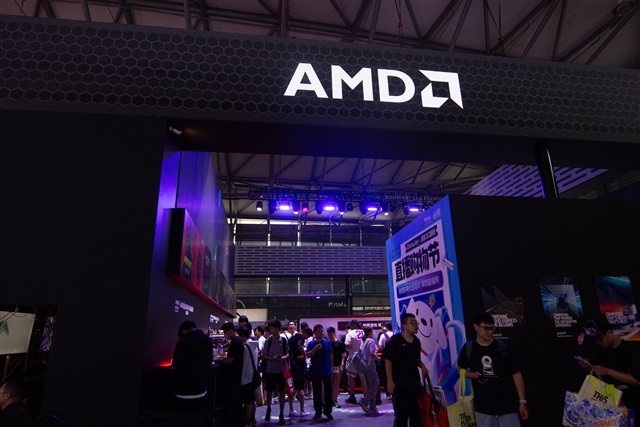As generative AI pushes data center infrastructure to new limits, pressure is mounting on thermal management, interconnect design, and ecosystem interoperability. Ahead of the 2025 OCP APAC Summit, executives from AMD, the Ultra Ethernet Consortium...
The article requires paid subscription. Subscribe Now



